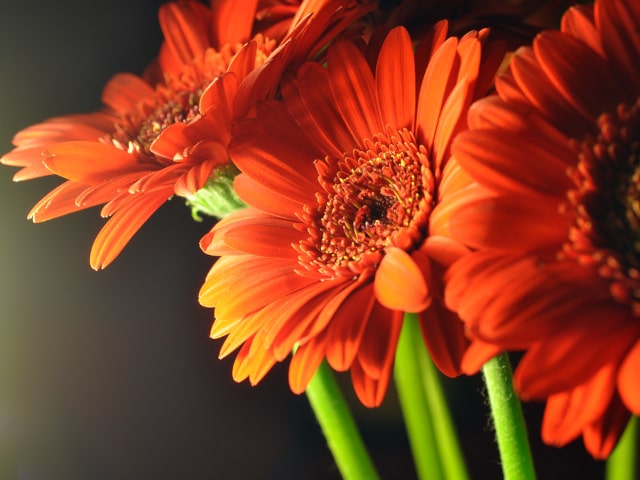
Gerbera daisies (Gerbera jamesonii) are beautiful flowering plants known for their colorful blooms. The flowers come in many different vibrant colors, such as yellow, orange and red. As such, Gerbera Daisy is a popular houseplant for those who wish to make their homes more vibrant and beautiful.
While many people choose to grow their Gerbera Daisies outdoors, it is important to know that you can grow them as potted plants indoors, too. When grown indoors, they can brighten up a room any time of the year. While they are generally hardy to U.S. zones 8 to 10, you don't have to worry about that so much if you wish to grow these beautiful plants inside your home.
If you wish to grow Gerbera Daisies indoors, there are some important care instructions to keep in mind.
Materials
Here are the tools and materials you will need to grow your Gerbera Daisy indoors:
- Pot or another type of container with drainage hole on the bottom
- Watering can
- Drip tray
- Thermometer
- Shears
- Fertilizer (preferably a soluble one that is specially made for flowering houseplants)
How to Care for Your Gerbera Daisy Indoors
It is not difficult to care for Gerbera Daisies. As such, they make for excellent houseplants for those who don't wish to spend too much time caring for their plant. However, it is important to provide your Gerbera Daisy with certain things it needs to thrive. This is the only way to make your plant healthy and to make it produce all those wonderful and colorful flowers.
Here are the most important things you need to provide to your Gerbera Daisy indoors:
Sunlight
The first thing you need to know about Gerbera Daisy care indoors is that they need bright, all-day sunlight throughout the growing season. It means that you need to provide them with plenty of sunlight in spring, summer and fall. It is best if you can give them at least 3 to 5 hours of direct morning sunlight.
However, it is also advisable to give your Gerbera Daisies shade in the afternoon. This about this when deciding on the best place in your home to grow Gerbera Daisies.
During winter, Gerbera Daisies require indirect sunlight. In this case, you might wish to move your plant in a different place in your home.
Temperature
Gerbera Daisies thrive at temperatures of about 70 degrees F. This sort of a room temperature is the best for their growth and it is also an appropriate temperature to make them flower. Keep this in mind when deciding on the best spot for your Gerbera Daisy.
It is also important to know that these plants can generally tolerate temperatures between 40 degrees F and 70 degrees F without any damage. However, if temperatures go below this or much over this, your Gerbera Daisy will suffer. Keep this in mind if you want to make your plant thrive and produce gorgeous flowers.
Watering
Another important thin to keep in mind is the proper watering regime. You need to give your Gerbera Daisy plenty of water but never too much water to make the ground too moist.
It is best to water your Gerbera Daisy when the top 1/2 inch of the soil begins to dry. It is important to monitor your plant to see when it happens. Do not water before this but once you notice it do not wait for long to water your plant.
In practice, Gerbera Daisies require watering every 3 to 5 days. The exact time will depend on numerous factors, such as the temperature and humidity in your home.
To water your Gerbera Daisy, simply take a watering can and pour it over the soil. Make sure not to pour any water over the foliage or flowers because it can damage them.
After watering, you need empty the water that has been collected in the container's drip tray. It is important to do that after the each watering session.
During the winter, it is important to reduce the amount of watering. However, you should not allow your Gerbera Daisy's soil to dry completely. Monitor your plant and water it from time to time even in winter.
Fertilizing
Providing your plant with adequate nutrients and food is vital for making it thrive. Gerbera Daisies are no different. In order to make it grow and be healthy, you need to fertilize it from time to time.
The best fertilizer to use for Gerbera Daisies is a soluble fertilizer made for flowering houseplants. A nice 15-5-15 blend works great for Gerbera Daisies. Make sure to mix this fertilizer with water properly so it's not too weak nor too strong.
When mixing fertilizer with water, make sure to consult the fertilizer's package for instructions on how much water to use and how to make an appropriate dilution rate. This rate will depend on the container size, so make sure to take this into account. It is absolutely vital to use properly diluted fertilizer so you don't burn your plant.
Once you have the solution, water your Gerbera Daisies with it once per month. You need to do this during the whole time of their active growing period, which is spring and summer.
Trimming Spent Flowers and Leaves
Another very important thing you need to do for your Gerber Daisies indoors is to trim off all of the spent flower heads. This is the only way to make the plant bloom properly. Simply trim off all of the flower heads that have started to wilt. It is best to do it right after you notice the beginning of wilting and not when they are completely wilted. To trim, simply cut back the flower heads and remove them away from the plant.
Also, remember that you should also trim all of the dead and damaged leaves. This is important to do if you want to make your Gerbera Daisy always look good. Not to mention that removing damaged and dead leaves promotes plant health.
What about the Pests?
Many plant owners wonder about the pests and diseases. This is a common problem for many different houseplants. Luckily, Gerbera Daisies rarely have pest problems, so chances are that you won't need to worry about it.
However, keep in mind that this plant can be infested by common houseplant pests such as mites and aphids. If this happens to your Gerbera Daisy, don't panic. Simply spray your infested plant with an insecticidal soap. You may use an organic one if this is what you prefer. Whatever you do, however, make sure to use the insecticidal soap according to the manufacturer's directions. This is the only way to use it properly. To use an insecticidal soap, simply spray your infested plants. It is important to get rid of the pests before they take over and the problem becomes severe. It is always much easier to get rid of the pest problem in the beginning. This is why it's so important to monitor your plants to notice any pests as soon as they appear.
Diseases
When it comes to diseases, these plants are susceptible to powdery mildew. This can happen if your Gerbera Daisies sit in water and remain wet for long periods. It typically happens when the humidity is high. Another common problem is crown and root rot. This also happens when the soil is constantly wet. To avoid this problem, you should always allow the soil to dry between the waterings. However, you should never leave your Gerbera Daisies unwatered for long periods of time or they will begin to wilt and look completely dry. You need to water them before this happens.
Repotting
Gerbera Daisies tends to develop deep root systems. It means that they don't really tolerate repotting well. For this reason, many people choose not to repot them at all and let them live as much as they can in their original container.
As a result of this problem, Gerbera Daisies can only survive for about 3 years as potted plants. Keep this in mind if you want to grow Gerbera Daisies in your home. If you prefer to grow them outside the container you may grow them outdoors in your garden.
Photo credit: Gabrielle Ludlow
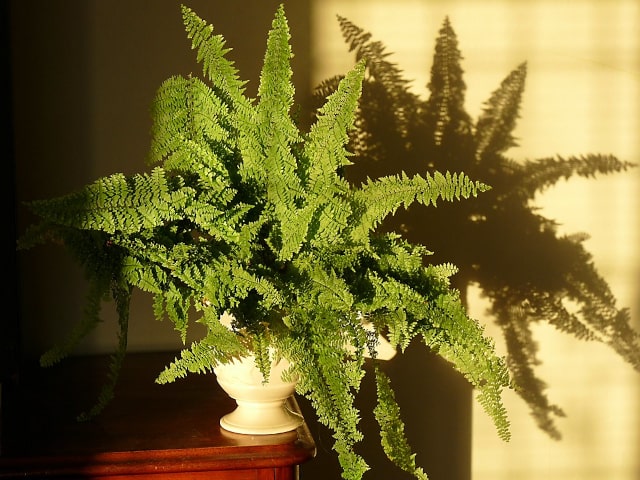
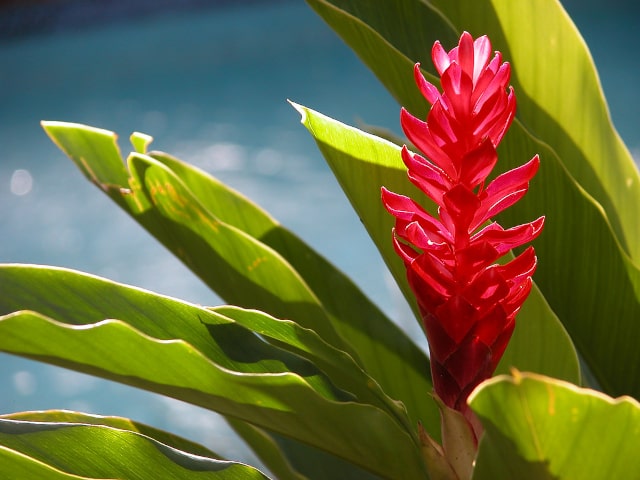
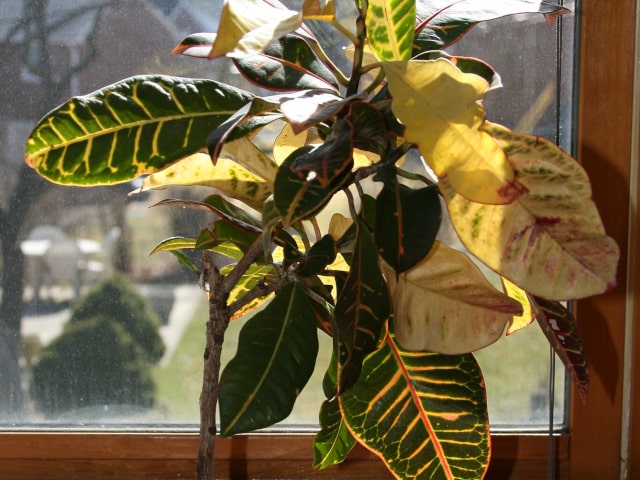
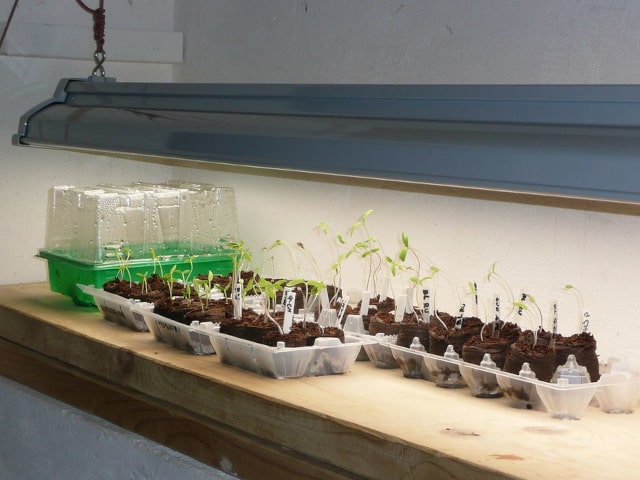
4 Comments
I have 3 Gerbera daisies out in my yard close to my porch in the corner. Could they survive through the winter? We live in Cincinnati.
Or could I dig them out and use as houseplants? They got pretty big over the summer. Thank you!
They are just the cutest little things I have seen. Thank you for all the good tips!
Will Gerbera daisy grow year round in the house?
Thank you, this information was most helpful!